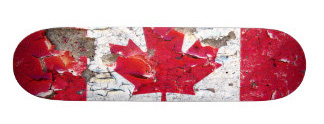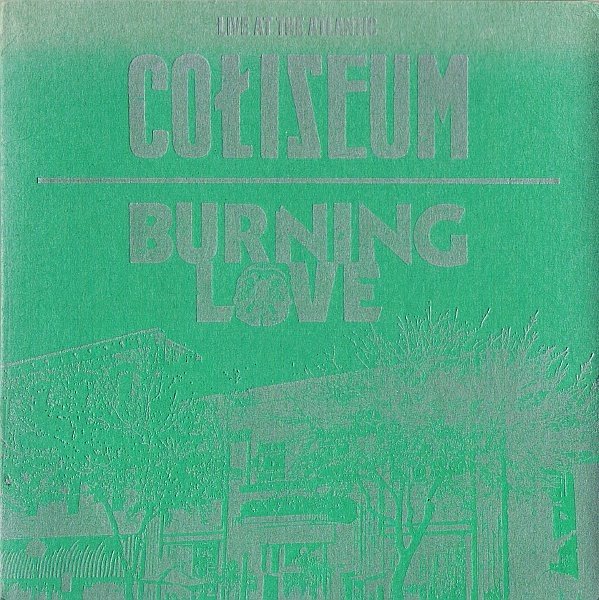
File download is hosted on Megaupload

Punk Archaeology made an appearance at December’s Theoretical Archaeological Group (TAG) in Southampton in the United Kingdom. Robert (Bob) Muckle (Capilano University) and Bruce Emmett (Emily Carr University) presented a paper on skateboarding and public archaeology, “Never Say Last Run: Skateboarders Challenging the Terrain and Becoming Involved in Archaeology,” the abstract of which is here:
A collaborative project involving skateboarders, artists, educators, and an archaeologist is a unique undertaking in the realm of archaeology in North America. This is partly the story of a wide-eyed archaeologist becoming immersed in the culture of skateboarding and discovering a level of intellectual engagement in an activity often perceived to be reserved for punk and parking lots. Preeminent persons in the skateboard industry, skateboard park designers, professional skateboarders, and< skateboard activists have been part of the collaboration. Experiences of those involved indicate there is considerable interest in the project by many people, but there are naysayers as well, leading to challenges to excavating what is perhaps the oldest intact public skateboard park in the world. This presentation provides a short history of the construction and early use of what is now this highly significant site in Canada. It describes the challenges to excavation, issues related to heritage designation and control, interpretation of sites, and identity and practice. Ultimately, the excavation of, and even the widespread recognition of the heritage significance of the site may never be realized. Challenges include being stymied by the purported leaders in education, and issues related to members of a subculture attempting to work within a dominant system. It may be that this project may never break ground. The quest for significance and the creation of a collaborative space between persons of disparate disciplines and interests may in fact be the greater story.
The authors generously granted Punk Archaeology permission to link the paper, which you can download and read here.






































